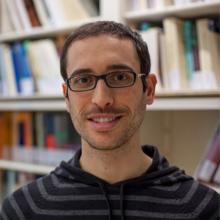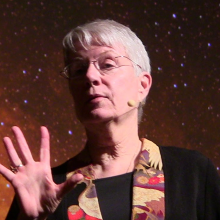
Daniele Michilli was born in Rome, Italy, where he obtained his Master's degree in Astrophysics from la Sapienza University. He then moved to the University of Amsterdam to observe and study pulsars and Fast Radio Bursts. After receiving his Ph.D., Daniele accepted a position at McGill University in Montreal to work with the CHIME telescope. He received a Banting Fellowship to find and study Fast Radio Bursts with CHIME.

Wael Farah completed his Bachelor's degree in physics and Master's in astrophysics in his home country Lebanon before leaving for Australia in 2016 to do his PhD in astrophysics. For his PhD, Wael performed Fast Radio Burst (FRB) searches using the newly refurbished Molonglo radio telescope, finding some with his real-time detection system that allowed the study of FRBs at high time resolution. Wael recently joined the SETI Institute to work on the Allen Telescope Array and perform new science with the instrument. His research interest include Fast Radio bursts, pulsars (highly rotating neutron stars), instrumentation and machine learning/AI.

Dr. Jill Tarter is Chair Emeritus for SETI Research at the SETI Institute in Mountain View, California and serves as a member of the Board of Trustees for that institution. Tarter received her Bachelor of Engineering Physics Degree with Distinction from Cornell University and her Master’s Degree and a Ph.D. in Astronomy from the University of California, Berkeley. She has spent the majority of her professional career attempting to answer the old human question “Are we alone?” by searching for evidence of technological civilizations beyond Earth.
